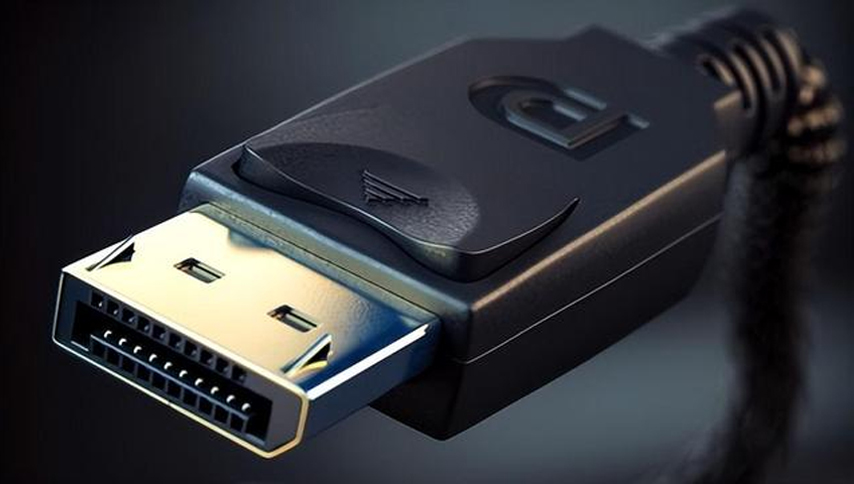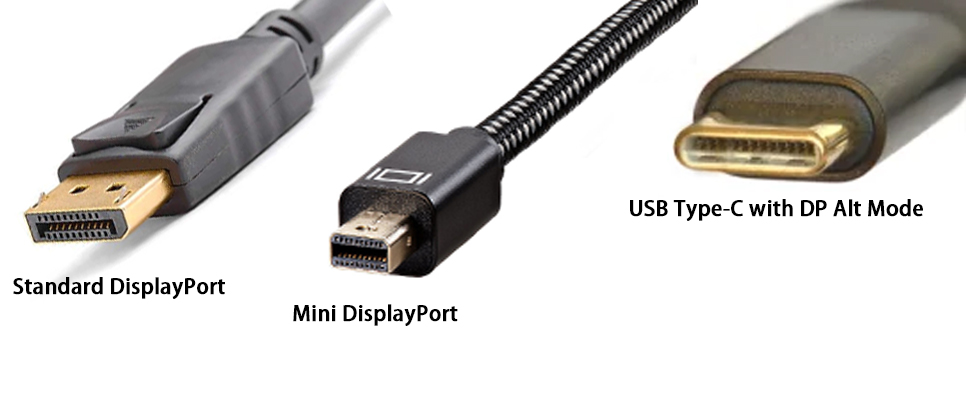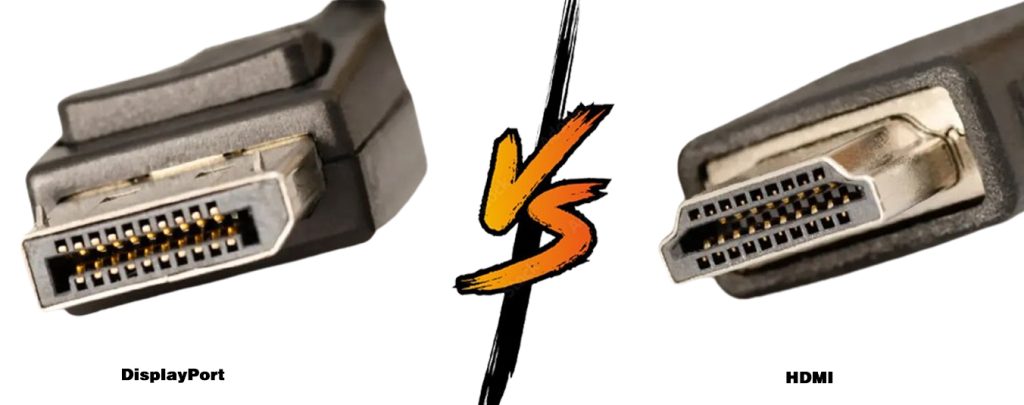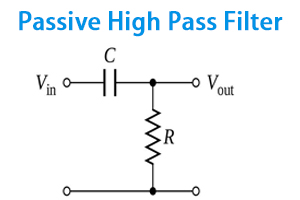DisplayPort Explained: Key Features, Types of Connectors, and Applications
Author:admin Date: 2025-05-15 04:17 Views:1403
When you look at your computer, you will notice so many ports available that sometimes you need to do some research to understand what does what. The USB ports are standard, and people know how to use them. However, the DisplayPort is different. Compared to USB or VGA, not many people might have used them.
Today, we want to focus on DisplayPort or DP to help you better understand what the port does and how best you can utilize it.
HDMI vs Display Port
What is a DisplayPort

A DisplayPort is a video interface standard commonly used to connect computers and related devices to displays such as TVs and monitors. VESA developed this standard to replace older interfaces such as DVI and VGA. The DisplayPort is widely known for supporting high resolutions and refresh rates.
Other than video signals, it can also carry audio signals and sometimes power, depending on the configuration.
The best way to identify it is by looking at the shape. People often claim it looks like an HDMI cut on one side.
Versions of DisplayPort: The Origin Upto Today
You may encounter DisplayPort to HDMI adapters now, but do you know where it all began? Below, we examine earlier versions and their evolution to understand the evolution of DisplayPort.
| Version | Year | Features |
|---|---|---|
| DisplayPort 1.0 | 2006 | Initial version with limited bandwidth |
| DisplayPort 1.1/1.1a | 2007 | Had performance improvements and specifications |
| DisplayPort 1.2 | 2010 | Featured support for Mini DisplayPort, Dual Mode for DVI compatibility, and Multi-Stream Transport. |
| DisplayPort 1.3 | 2014 | Had more bandwidth per lane and MST for multiple UHD displays. |
| DisplayPort 1.4 | 2016 | More bandwidth with HDR support for 8K displays. |
| DisplayPort 1.4a | 2018 | Improved HDR support, especially for HDR10+ and Dynamic HDR metadata. |
| DisplayPort 2.0 | 2019 | Bandwidth increased to 80Gbps, thus supporting 16K resolution. |
| DisplayPort 2.1 | 2022 | Offers more bandwidth and efficient coding for the same speed. |
| DisplayPort 2.1a | 2023 | Minor revision of the 2.1 to offer more features such as Ultra-high Bit Rate (UHBR) |
| DisplayPort 2.1b | 2025 | Minor revisions to improve features such as Multi-Stream Transport (MST) |
Key Features of DisplayPort
People keep asking, is DisplayPort better than HDMI? Before you decide, it is better to have a good understanding of the DisplayPort features first.
- Unlike older analog interfaces such as VGA, it is a display interface, so it transmits data in a digital format. This results in better signal quality and reduced data loss.
- DisplayPort also offers a higher bandwidth capability of 80Gbps. This is higher than the older standards. A high bandwidth makes it possible for the standard to support higher refresh rates and resolutions.
- Since DisplayPort supports Multi-Stream Transport (MST), independent displays can be connected through the same port. This leads to having multi-monitor setups being possible.
- DisplayPort also features packetized data transmission, like USB and Ethernet. This makes it more efficient and allows video and audio signals to be transmitted simultaneously.
- DisplayPort also allows for high-definition content protection (HDCP). This mechanism protects copyrighted content from potential piracy and unauthorized access.
- DisplayPorts are also scalable. This means that they can be adapted to various bandwidth requirements, thus supporting different resolutions and refresh rates.
- The standard can support higher refresh rates and resolutions. Currently, expect DisplayPort to support even 16K resolution with high refresh rates for smoother visuals.
All these features make the DisplayPort stand out from similar ports that might not deliver the same performance.
Types of DisplayPort Connectors and Cables

You may come across different types of DisplayPort connectors and they include;
- Standard DisplayPort: This larger connector is commonly used for desktop computers and monitors.
- Mini DisplayPort: These are small connectors found on laptops and other devices, such as Apple Products.
- USB-C with DisplayPort Alternate Mode: You can also find USB-C ports that can carry the DisplayPort signals, making it easier to connect devices with USB-C inputs to a DisplayPort monitor.

As for the cables, it all depends on the devices you are trying to connect. That is why you will come across the following:
- DisplayPort to HDMI cable
- DisplayPort to VGA cable
- VGA to DisplayPort adapter
- DVI to DisplayPort cable, etc.
Applications of DisplayPort
DisplayPort will have many uses. It is primarily used for connecting computers to monitors and projectors. For example, you can use DisplayPort to connect projectors to conference room computers, set up workstations, gaming, and digital signage.
DisplayPort also supports multiple displays. This allows users to set up multiple monitors for different applications easily.
Other applications for DisplayPorts include:
- Laptop docks
- Surveillance
- Connecting displays at a stadium
How to Buy the Right DisplayPort Cable
Now that you what is the DisplayPort, it is time to choose the right cable for your application. How would you do it? Here are key considerations to keep in mind.
- The resolution is an important consideration. Whether you need 4K or 8K, make sure you choose the cable that supports it.
- How about the refresh rate? A higher refresh rate support means you get smooth visuals, which is essential for several applications, such as gaming. So, look at the refresh rate the cable supports.
- A multi-monitor setup is also common with the DisplayPort standard. If you have to connect multiple monitors, ensure the cable can support the configuration and has enough bandwidth capability as well.
- Cable length can also be a good determinant of which cable you pick for your DisplayPort to VGA adapter. The length should be enough to offer good performance without compromising signal quality.
- DisplayPort version is also important. Make sure you get a cable that supports the latest version of DisplayPort to utilize it to the maximum potential.
DisplayPort vs. HDMI: Know the Difference

Whether it is a TV or computer, you are likely to find it with a HDMI port. It is not the same for DisplayPort. This is the biggest difference between HDMI and DisplayPort. Basically, the HDMI standard has wider device support than the DisplayPort but can still offer high refresh rates, just like HDMI.
Looking at the bandwidth, we see that DisplayPort generally has a higher value than HDMI. This allows it to be used for higher resolution and refresh rate applications.
DisplayPort offers better multiple monitor applications, while HDMI supports only one monitor unless you use a splitter.
HDMI has the Audio Return Channel (ARC), which DisplayPort lacks. If you need this feature, you should consider getting the HDMI setup.
Below is a table comparing the two to understand the differences clearly.
| Feature | DisplayPort | HDMI |
|---|---|---|
| Primary Use | Personal computers with high-resolution displays | TVs, streaming devices, consoles |
| Bandwidth | High bandwidth, especially with newer versions | Slower compared to DisplayPort. Immensely improved in new generations. |
| Multi-Display | Can support daisy-chaining | Supports one monitor per port |
| Gaming | It is ideal because it supports high refresh rates and resolutions | Suitable for TVs and consoles. It’s not the best for high-end PC gaming |
| Compatibility | More focused on working on PCs, but can also connect with TVs and monitors | Offers a wider device compatibility across different devices |
| Secure connection | Comes with a locking mechanism | It lacks a locking mechanism |
Conclusion
The DisplayPort standard helped a lot, revolutionizing computer display to ensure you get the best video and audio quality. Having a high refresh rate capability also means that the display can offer smooth visuals and maintain the audio quality. There are different versions of DisplayPort, and so far, the latest one provides the best features suitable for many applications involving multiple displays. Consider getting high-quality DisplayPort adapters and cables from top brands to ensure you enjoy the best performance always.
Please send RFQ , we will respond immediately.
Frequently Asked Questions
Does DisplayPort support audio signals?
Yes. The DisplayPort standard is built to be multichannel, including supporting audio signals. Expect it also to support 3D stereo.
Does DisplayPort offer content protection features?
Yes. It offers such a feature, just like DVI and HDMI. This is possible thanks to HDCP 2.2 content protection capabilities.
Who owns DisplayPort standards?
DisplayPort is an interference owned and developed by the Video Electronics Standards Association (VESA). This new-generation AV interface was designed to ensure high display performance, versatility, and robustness.


